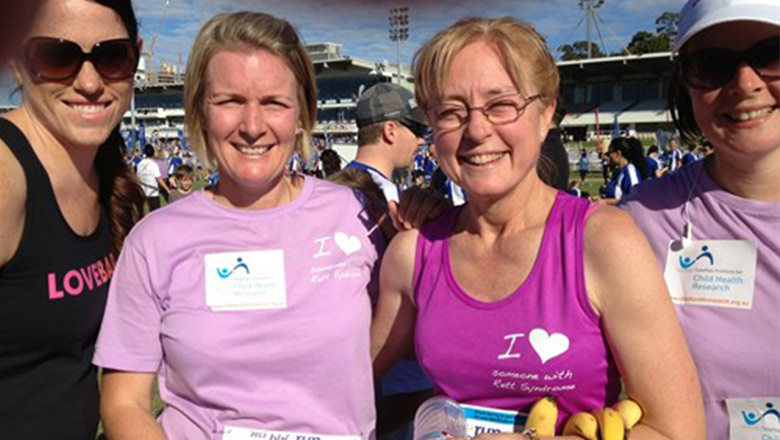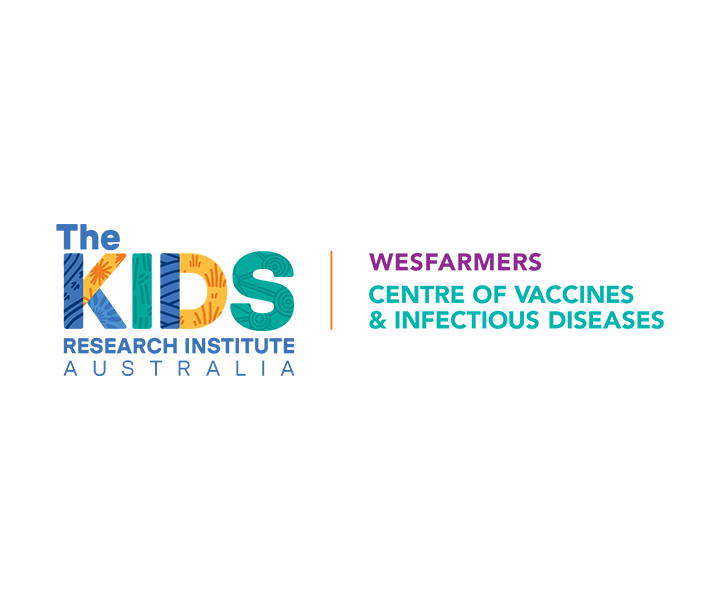Search

Learn about the importance of routines in enhancing uptime for children with Rett Syndrome, nurturing their engagement and fostering meaningful activities.
Participate in our CDKL5 research to help advance research outcomes in the CDKL5 research field by our children's health specialist researchers.

News & Events
HBF Run for a Reason 2013What a fabulous day we had on Sunday at the HBF Run for a Reason in Perth, where Rett syndrome was extremely well represented!

News & Events
8th World Congress on Rett syndromeThank you to all guests and participants of this year's 8th World Congress on Rett syndrome, which was held from May 13-17th, 2016 in Kazan, Russia.
The mental health of Australian children and adolescents
Download the Young Minds Matter report and overview, watch video snapshots and access survey results and tables.
Parents and carers were asked about the quality of services, need for services and whether their children received the needed service, as well as barriers.
A comparison between the first and second national surveys of youth mental health

The Wesfarmers Centre of Vaccines & Infectious Diseases brings together a number of independent researchers and research teams with a common aim; to find and deliver new and improved solutions to prevent and treat serious infections experienced by children or adolescents.
Help us discover a way to expand protection for the next generation.
